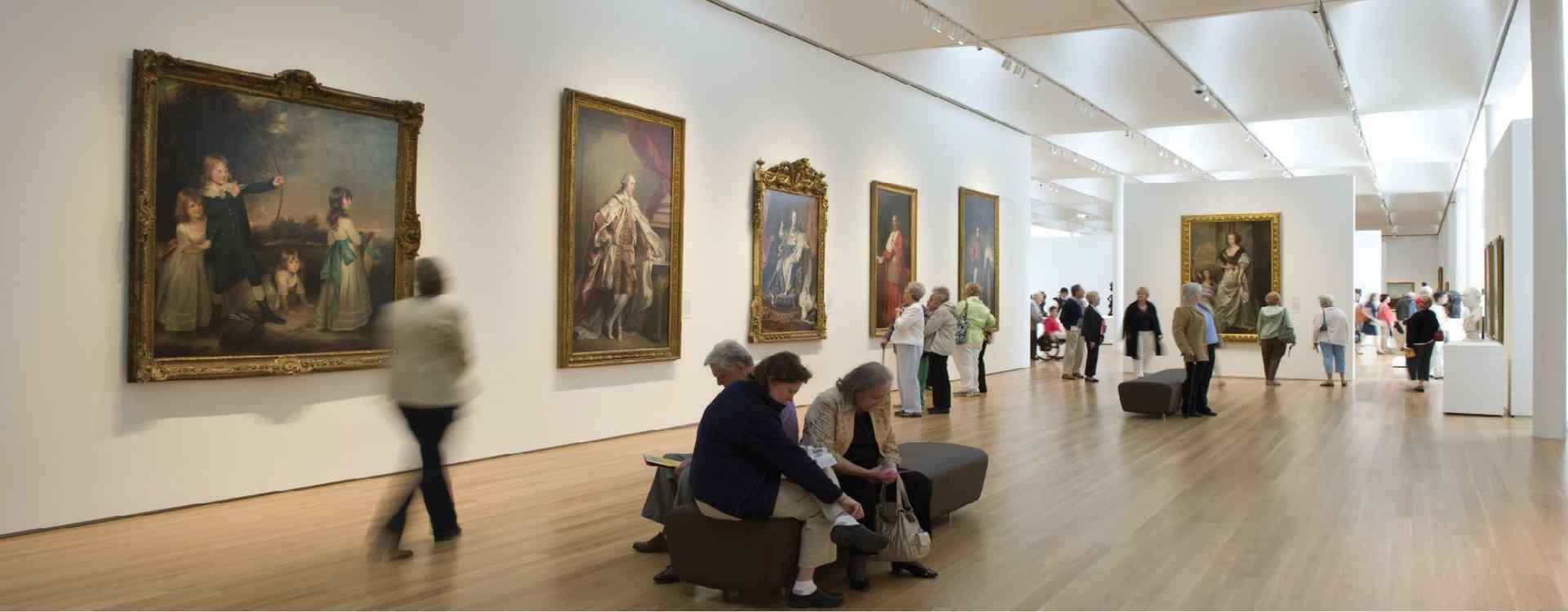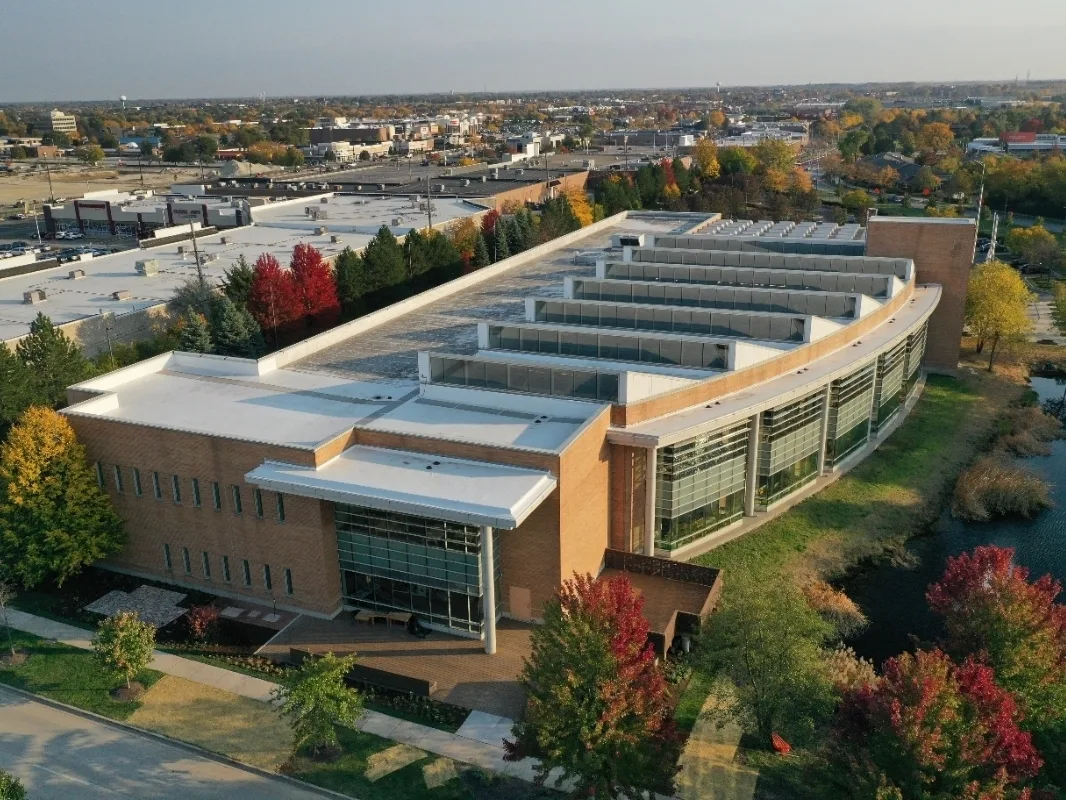North Carolina Museum of Art Controlling Humidity with MeeFog
Humidification for Public Spaces
Hamstrung for years by budget issues that did not allow the North Carolina Museum of Art (NCMA) to spend the money it needed to maintain the mechanical system, in 2005, the museum experienced wide variances in humidity. This was hindering the ability to host many national traveling art exhibits. After careful review of the facilities, it was determined that ASHRAE Class AA environmental conditions could be achieved through an HVAC system overhaul. An added benefit of the upgrade would be energy savings totaling 57% or more.
The Challenge:
The North Carolina Museum of Art (NCMA) was experiencing variances in humidity of 30% in the winter and up to 60% in the summer. In order to host high profile traveling exhibitions, NCMA needed to tightly control the humidity in the galleries.
The Solution:
A single MeeFog humidification system was installed replacing 92
distributed steam humidifiers. The MeeFog system also eliminated the need for boiler system steam for humidification, and helped reduce the utility and operating budgets.
The Physical Site:
The main NCMA building was built in 1982. It is a four-story, 171,870 square foot building that includes exhibit space, restaurant and offices. The museum is occupied 7 days a week, and open to the public Tuesday through Sunday. NCMA employs 150 people and hosts around 25,000 visitors per month.
Controlling the Outside Air:
Raleigh, N.C., has a subtropical climate with winter lows averaging 35°F and summer highs averaging around 90°F. To manage the amount of outside air entering the facility, a dual mode, dedicated outside air unit was installed to pretreat, measure and control the airflow and dew point of the outside air being brought into the building. The unit was set to maintain the building at a slightly positive pressure. During unoccupied hours, the airflow is reduced to account for the reduction in exhaust air from the building since a number of exhaust fans are cycled off at the end of the day. Using a single unit for all outside air pretreatment greatly simplified the museum’s climate control system.
Using hot water preheat coils, chilled water cooling coils and a high-pressure MeeFog adiabatic humidification system, the pretreated air is then distributed to the main air handling units at a constant 52°F dew point. Since the museum’s temperature requirements are 70°F in all zones, the use of a MeeFog system reduced the number of humidifiers from 92 distributed steam humidifiers down to one centralized MeeFog humidifier, also eliminating the need for boiler system steam for humidification.
Conclusion:
The improvements reduced maintenance activities. Removing the steam system reduced plumbing fixture maintenance and repairs. The system efficiency upgrades not only improved the energy performance and indoor air quality, it also allowed the museum to move from a large service electric tariff to a small service tariff, saving the museum more than $30,000 per year. “Without the upgrades, many traveling exhibits, including the American Chronicles: The Art of Norman Rockwell and Rembrandt, could not come to the state capital.” says Larry Wheeler, director for the North Carolina Museum of Art.
Learn More
Discover more successful Mee Industries building humidification systems installation projects and case studies



